A Barbecue Sandwich, My Way
This month on the List, one sandwich out of our triad is simply called “Barbecue Sandwich.” In my opinion, that’s not a single item, that’s a category all to itself. You could make a separate List just containing types of barbecue sandwiches, and while it might not have the 170+ entries our List does, you’d still get fat just reading the damn thing.
Barbecue sandwich could mean beef brisket in a hoagie roll. It could mean Alabama style smoked chicken with white sauce on squishy white bread. It could mean tri-tip on ciabatta, or smoked sausage in a hot dog bun. For that matter, it could mean smoked turkey on wheat toast or smoked salmon on a bagel or even pastrami on rye, though those aren’t the things someone might think of when talking about Barbecue sandwiches. “Barbecue” in the US properly means cooking meats low and slow with smoke, so it seems like any smoked meat swaddled in bread would do.
Pastrami was my first attempt at barbecue, actually, something like 10 or 12 years ago. I had to borrow a buddy’s smoking rig to do it, but I was fired up to give it a shot. It was tasty but too chewy and salty, an easy mistake to make with cured brisket. Since then, I acquired my own smoker (a cheapo bullet-style charcoal smoker my brother got free with Marlboro Miles) and I’ve cooked everything in it from shrimp to beef, pork to goat, cheese, peppers, homemade sausages, even bacon-wrapped custard-stuffed rolls of breakfast sausage.
I wouldn’t say I’m a pitmaster. But I think that pretty much any imaginary barbecue certification program would award me at least journeyman status on merit alone. And if I maybe tossed them a few bucks.
The one thing that I’ve cooked more than anything else in my smoker, and the sandwich that epitomizes the Barbecue Sandwich to me, is pulled pork. I learned a lot about BBQ from my buddy Gary’s book Low & Slow, and definitely took my first baby steps smoking pork butt with his instructions, but while I still may use some of the techniques I got from him, I’m quite comfortable just winging it when it comes to cooking this challenging hunk of meat.
When I pick a pork butt, I look for a fatty, well-marbled piece of meat, 7.5-8lbs with bone and a nice cap of fat on it.
Again, I do a lot of improvising whenever I cook, and barbecue is no exception. But the steps I am outlining here are a pretty fair representation of my general practice when it comes to smoking a pork butt. My first step, straight out of Gary’s book, is to wash the meat with white vinegar. I put the meat in a (clean) sink, pour the vinegar over it and rub it into the meat. The vinegar acts as a disinfectant, it rids the meat of any sliminess or unpleasant odors it might have, and it tenderizes the surface to prepare it for seasoning.
My second step is the result of something that happened originally by accident. Several years ago, I came home on a Saturday around lunchtime to find that my wife had taken a pork butt I had plans for and was cooking it following a simple recipe she’d found online (probably something like this. She’d rubbed the butt with brown sugar, poured Worcestershire sauce over it, and thrown it in a crock pot. I rescued the partly-cooked butt, rubbed it with spices, and finished it in the smoker. By the time dinner rolled around, the butt had not had enough time to get up to pulling temperature, but it was just right to be sliced and served. It was tender, sweet, spicy, smoky, delicious. Especially notable was how the brown sugar had melted into the pork fat, and how the aromatics of the Worcestershire had infused the entire roast. It was the kind of happy accident that is well beyond what you hope for when hastily improvising a dinner.
I try to replicate that now by rubbing the fat cap with brown sugar, pouring some Lea & Perrins over the butts, and letting them sit in a gallon-sized Ziplock bag like that overnight. They’ll spend a second night with the spice rub on them on a rack in the refrigerator, so this step happens 2 days ahead of time. I don’t do it every time, but it’s generally been very successful for me when I do. A 7.5lb pork butt will fit fairly well in a gallon-sized freezer bag. An 8lb pork butt will just about fit in there. But any larger than that and you’re going to need a bigger bag. A word to the wise.
After the pork has marinaded thusly overnight, it’s time for the spice rub. This is another area where I tend to improvise. I’m going to use paprika, kosher salt, onion powder, garlic powder, white pepper and cayenne, but after that it’s a bit of a tossup. This time I got some thyme in there, some allspice (just a bit), some extra hot Cajun spice mix from the Spice House, a couple of other things. I’d had a bit to drink and didn’t write anything down. I make enough of the spice rub to liberally cover the meat with a good amount left over. I like to put a bit of the spice rub into some of the side dishes and condiments I’ll be serving with the meat, so that they all compliment each other.
Before I start in on that spice rub though, I coat those butts in some plain old yellow mustard.
Then I hit them with the spice rub. I’m not shy about it, just caking it right on there.
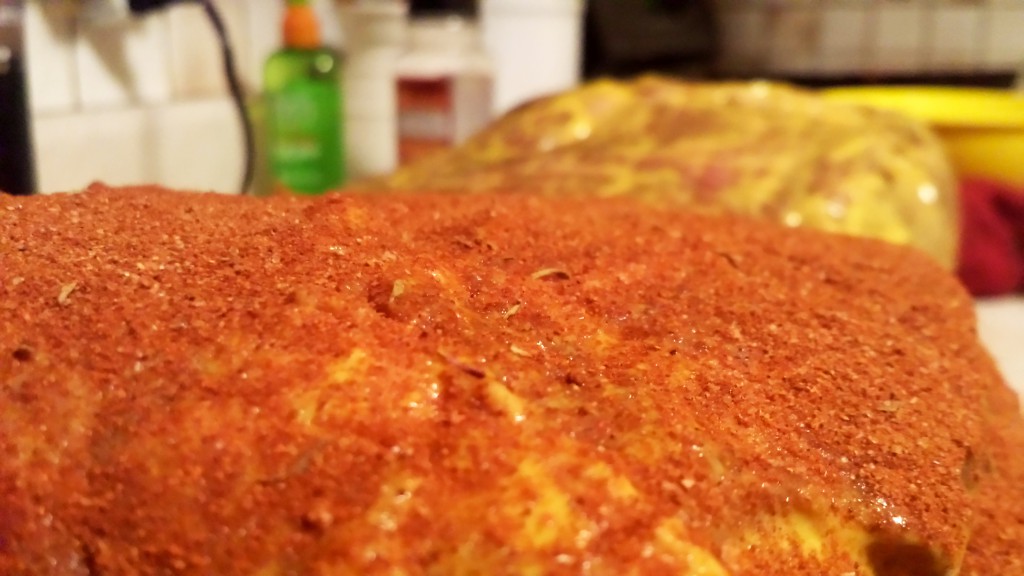
You’re not dusting this thing with the rub. You’re spackling it on. This is good but not enough, I can still see the mustard.
Again, I’m not 100% sure what I put into this particular spice rub (beyond the basics) but I can see that I was right about the thyme. Anyway, once I’ve got a good thick coat of the rub on the meat, I let it rest overnight (again) in a refrigerator, uncovered this time, on a wire rack. This will let the mustard and spices soak into the meat a bit and start to firm up. That’s going to help the meat develop a nice tasty bark.
A decent sized pork butt can take anywhere from 8 to 12 hours or more to slowly bring up to pulling temperature in the smoker, so I try to get an early start. I generally fire up my charcoal chimney around 6am so I can get the butts smoking by 6:30 or 6:45.
By this time, the mustard/rub combination has firmed up a bit around the meat and soaked in to some extent (just a bit! it’s still fragile, and I’m tired, so I’ve got to be extra careful handling it). This shell will solidify into a nice dark brown or black “bark” around the meat and will do a great job of absorbing the smoke’s flavor.
Typically with pulled pork I use hickory, but I was going to smoke some more bacon along with the pork so today I used cherry wood. Once I let the initial burn settle down a bit and added the meat to the smoker, I was done for a few hours. I made sure that smoker wasn’t in imminent danger of falling over and setting my house on fire (or anybody else’s), and went back to bed for a bit. It was too damn early.
I woke up again about 2 hours later. I could have checked on the smoker at that time but I personally am more of the “don’t fuck with it” school, so I got started on my cole slaw.
I don’t really get too fancy with my cole slaw. One head of cabbage, shredded. Around one and a half big carrots, shredded. One medium red onion, diced fine. A mayonnaise-based dressing using some arbol-infused cider vinegar and a bit of the leftover spice rub. I make it several hours ahead of time and then tuck it in the fridge. The dressing needs some time to break the cabbage down a bit and blend the flavors together.
Today I also decided to make my own barbecue sauce. It’s not something I do every time. There are a ton of good barbecue sauces out there. Mostly though they’re too sweet for me, which is why I started trying to make my own. I haven’t perfected it yet, but today’s version is as close as I’ve come. My version is closest to a Memphis style sauce I guess, but with bits of Texas influence. The main thing that distinguishes mine is that it gets most of what sweetness it has from caramelized onions.
I started with some bacon fat, and some of my own homemade bacon, fresh out of the smoker, sliced and diced, in a ten inch cast iron skillet.
Once I’ve crisped that bacon up, I add 5 or 6 yellow onions, roughly chopped, with some black pepper, and then reduce the heat. I’m going to caramelize these slowly over the next hour and a half or so.
There’s a lot of fat in this, and we’re cooking slowly, so the onions take a long time. If they do start to stick to the griddle, I add a little liquid. I’m not going through the whole recipe right here in this post but if there’s interest, I did write it down and I can share it.
While I’ve been mucking about with all that mess, the meat has been cooking. For pulling, I want the pork butts to be around 190-195 degrees Fahrenheit. I removed these from the smoker after about eight and a half hours at 185 degrees or so. I foiled them and put them in a 200 degree oven to finish up. The surface of the meat can get dry and crusty in a charcoal smoker, which to a certain extent is a good thing (this is the “bark” that barbecue people talk about). Foiling and holding the butts lets them come up to their final pulling temperature gradually while holding in and redistributing the remaining juices in the meat. This also moistens the bark and makes it a bit more palatable to most people.
While the pork spent a final ninety minutes or so in the oven, I finished the sauce.
I tasted the cole slaw and added just a bit more dressing.
I emptied a can of store-bought baked beans into a saucepan, added some of my homemade bacon (pre-diced and -fried) as well as a bit of my barbecue sauce and a quick shake of the spice rub.
A pork butt that’s ready to pull slumps under its own weight. All the connective tissue that maintains the structure of the meat has gelatinized into goo and the only thing holding it together at this point is the foil. The real test comes now–you shouldn’t need a knife to shred the pork. I used a couple of meat forks.
Constructing the pulled pork sandwich, in photos:
First, put some of your pulled pork onto a basic hamburger bun. We use cheap bread here to let the flavor and texture of the meat shine.
Next, sauce the meat (if desired) and add some cole slaw.
Serve it with your favorite sides. Baked beans, greens, fries, macaroni and cheese, potato salad, more cole slaw, cheese grits, bread pudding… the possibilities are too numerous to name.
This is picnic food essentially, so you don’t need to get too fancy about presentation.
This may seem like a lot of work to go through for a simple sandwich, but there are benefits to doing it yourself over buying a sandwich at your local BBQ joint. Yes, you get to make it the way you like it, you control the seasonings, the woodsmoke used, the portions, etc. But mainly what I’m talking about is leftovers. After this post, I’m going to be eating pulled pork for a week, in sandwich form or otherwise, and I’m 100% OK with that.
Leftover ideas:

I like sandwiches.
I like a lot of other things too but sandwiches are pretty great


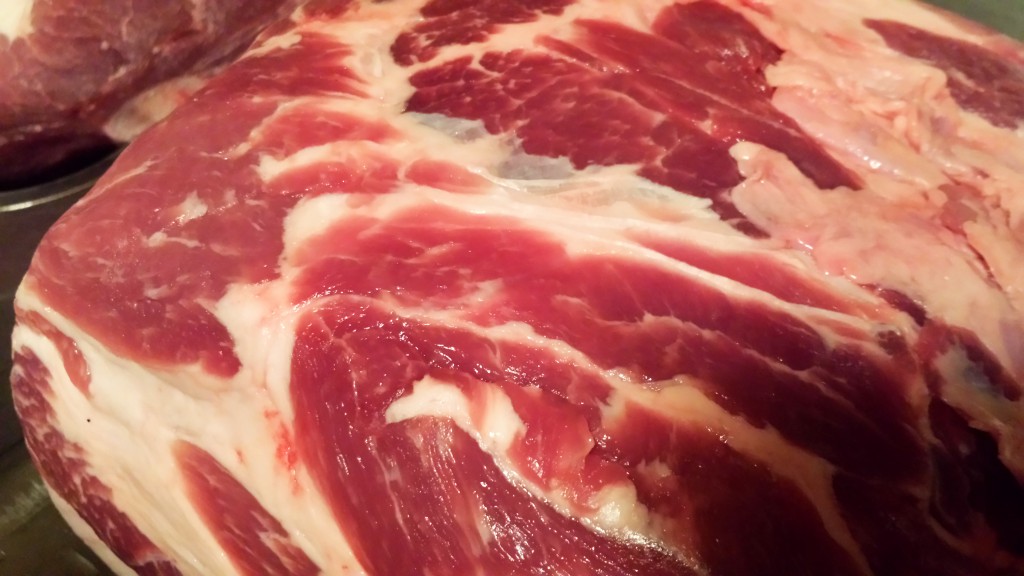
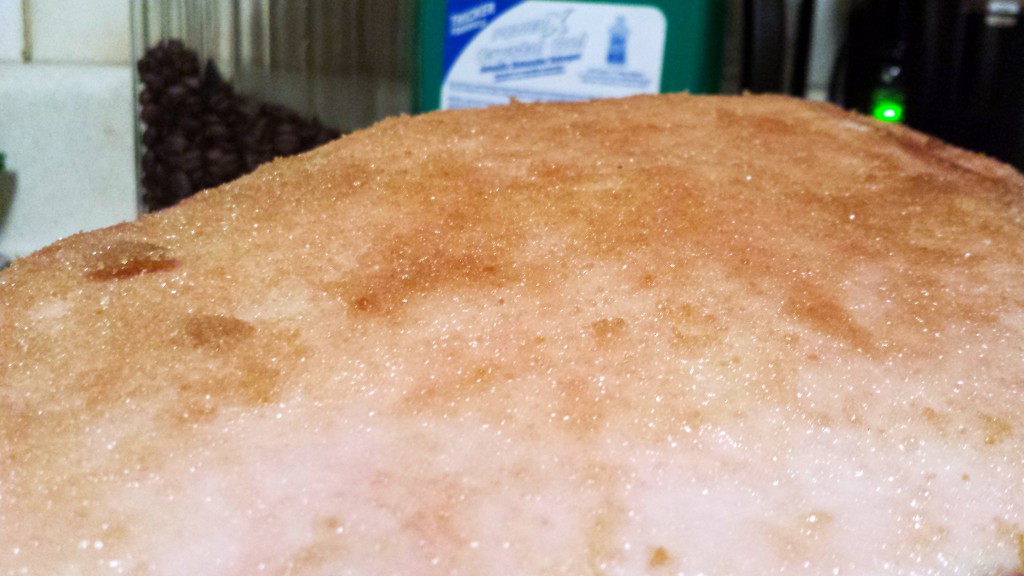
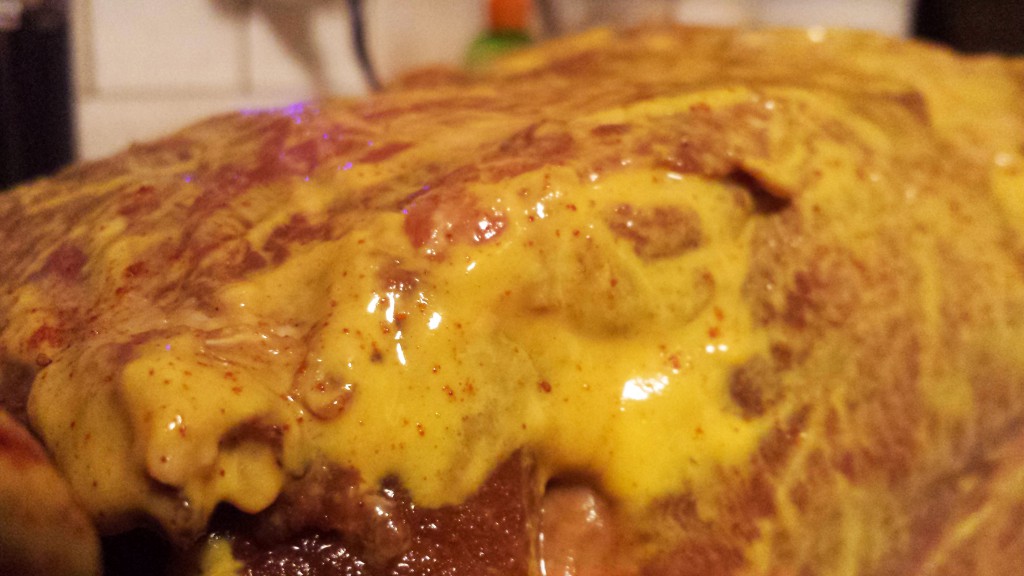
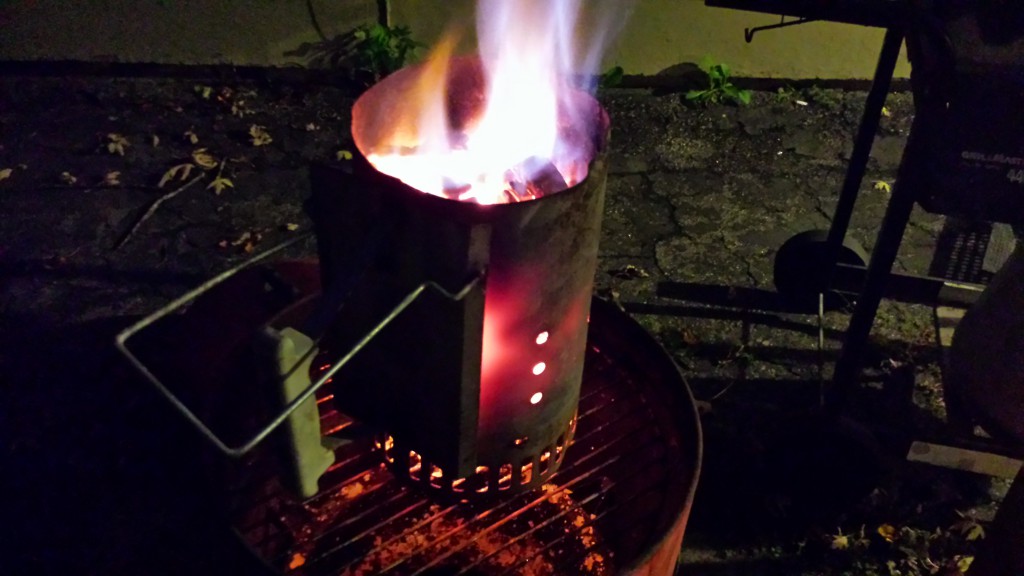
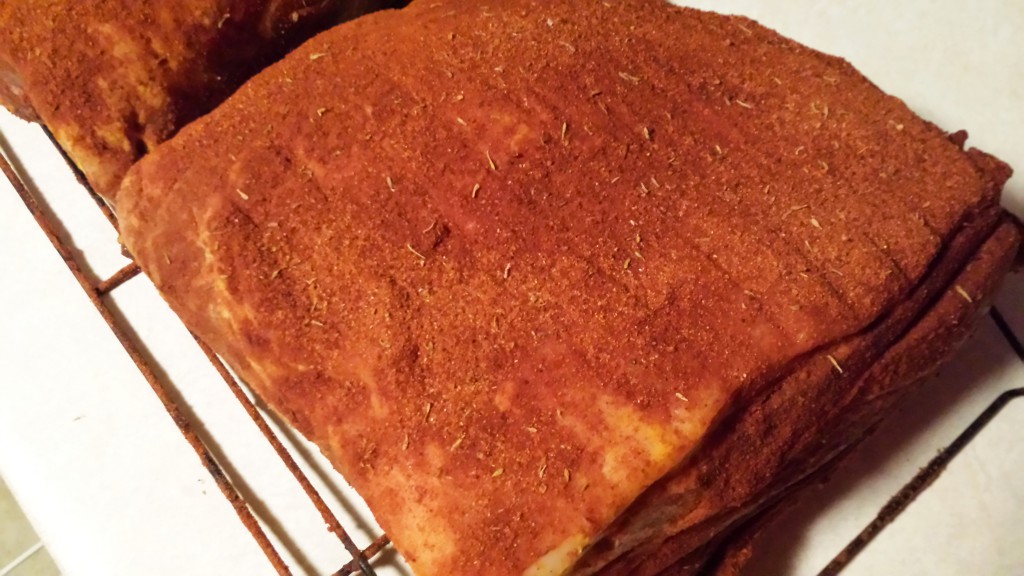
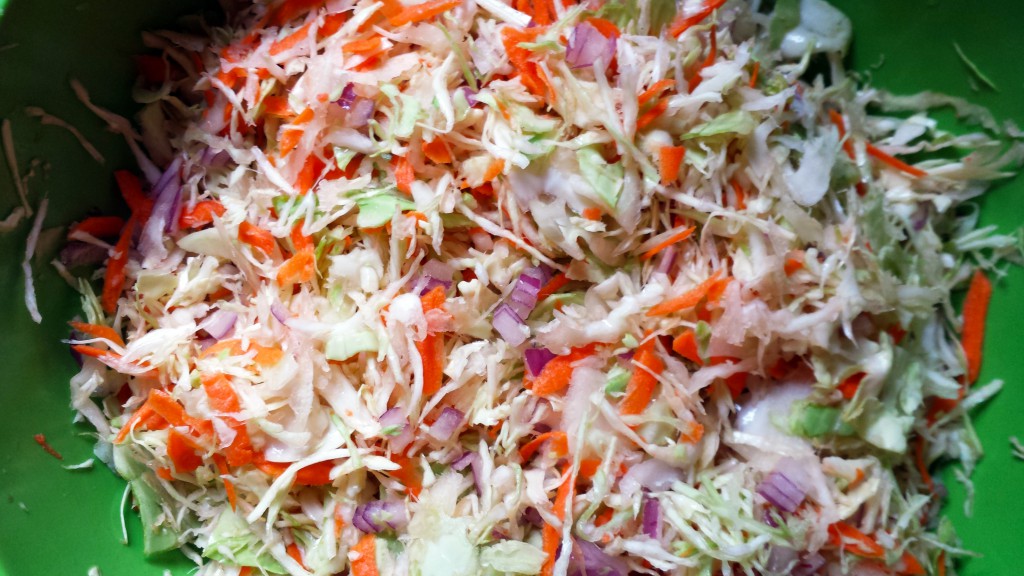
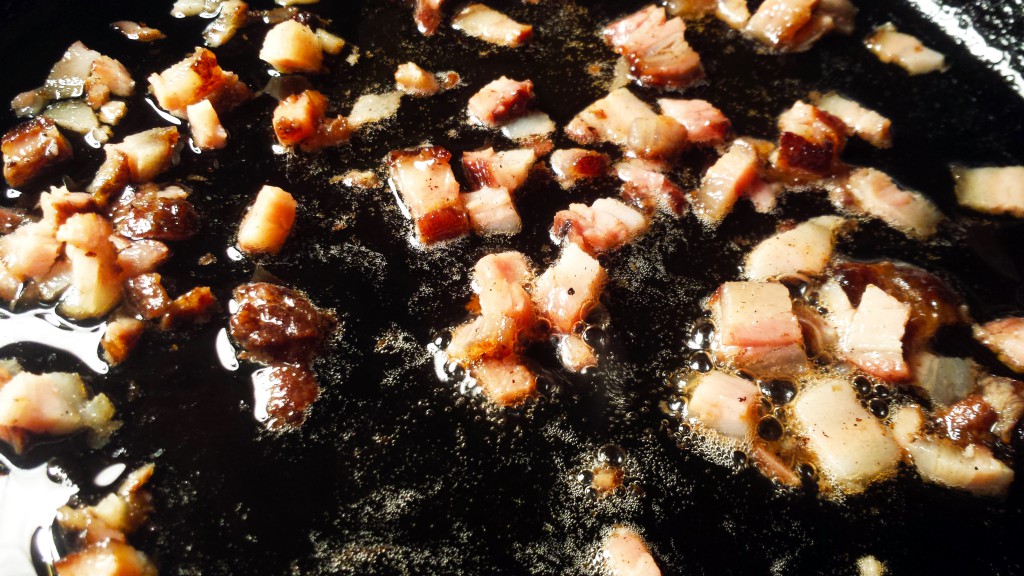
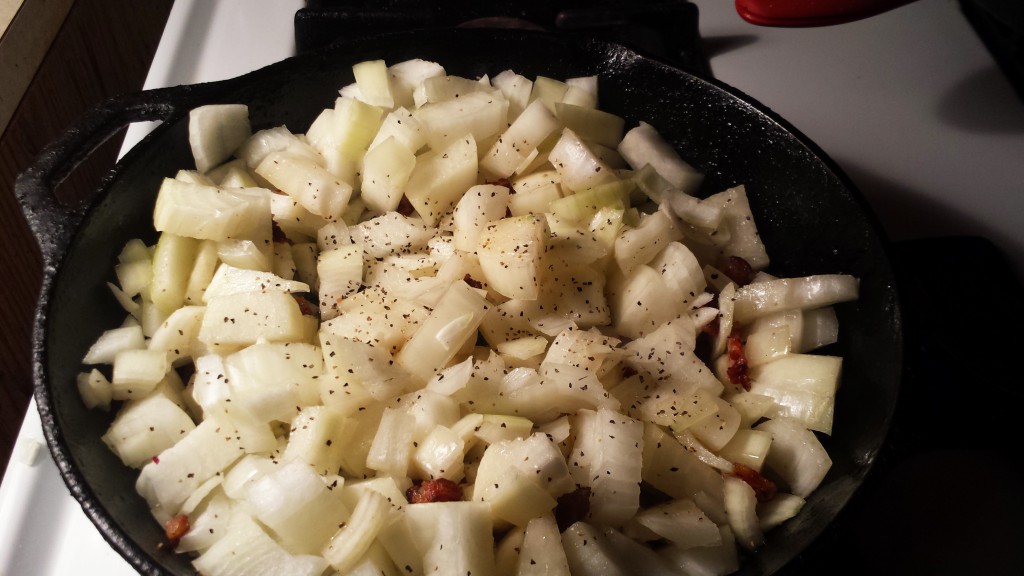
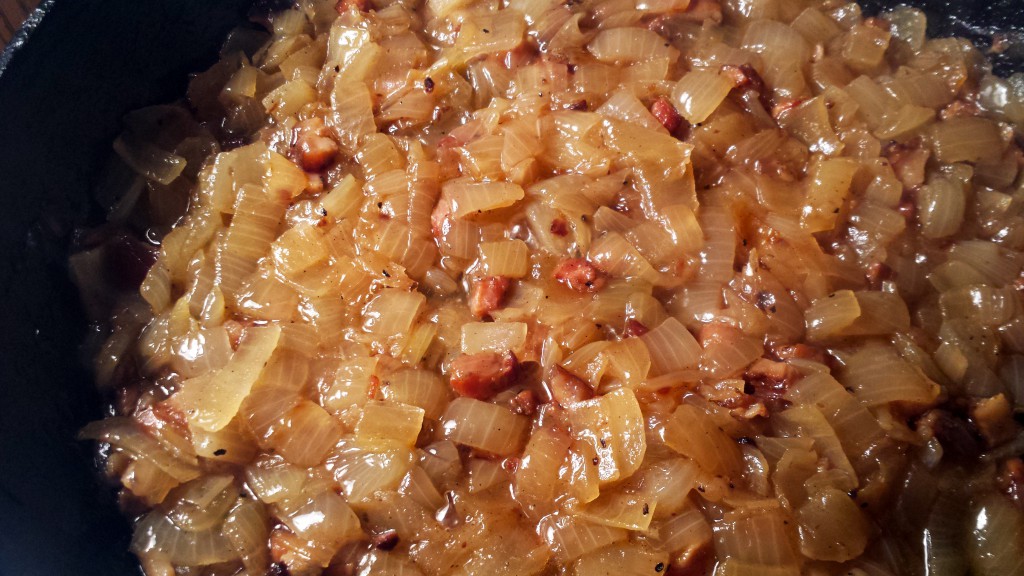
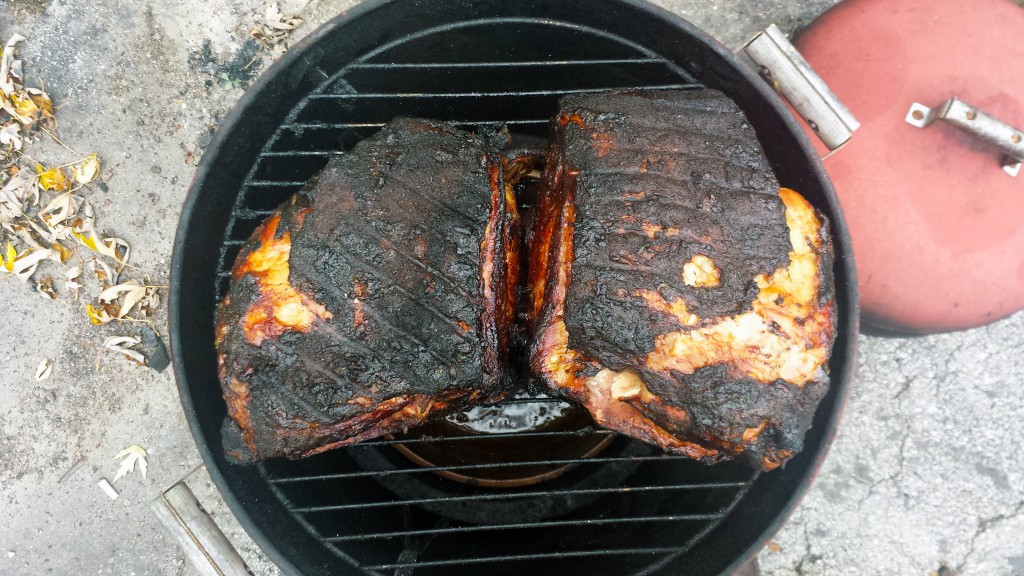
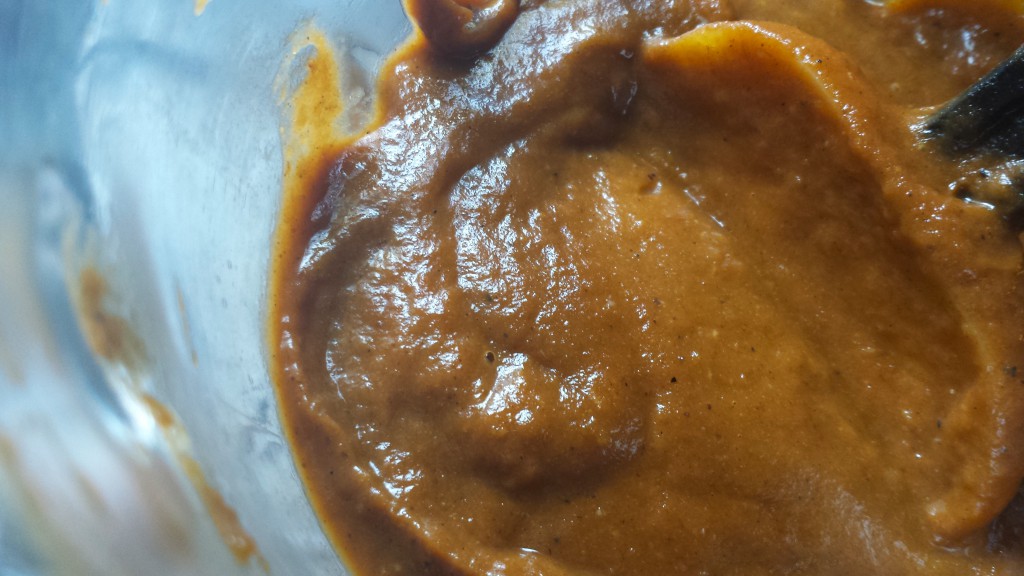
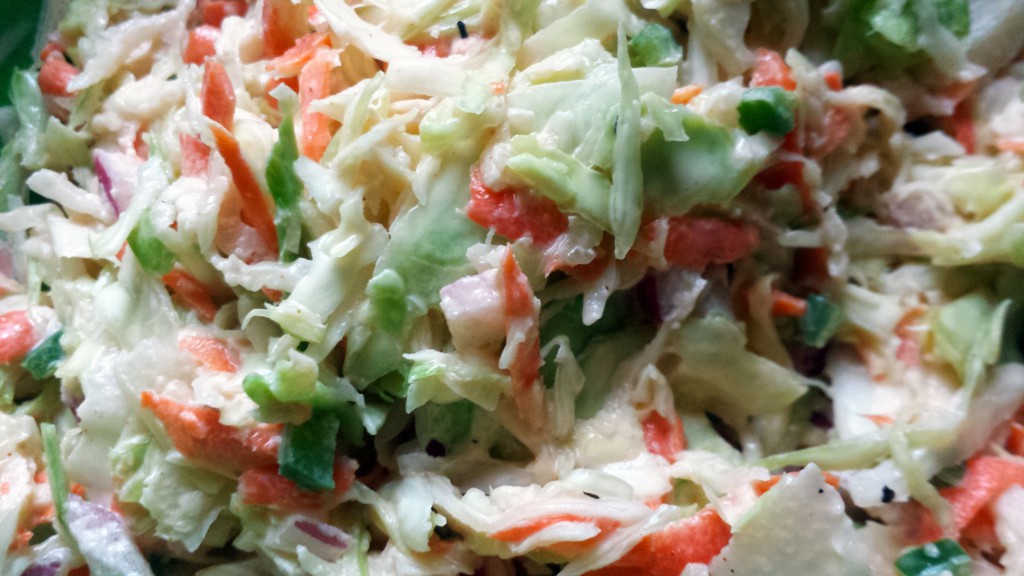
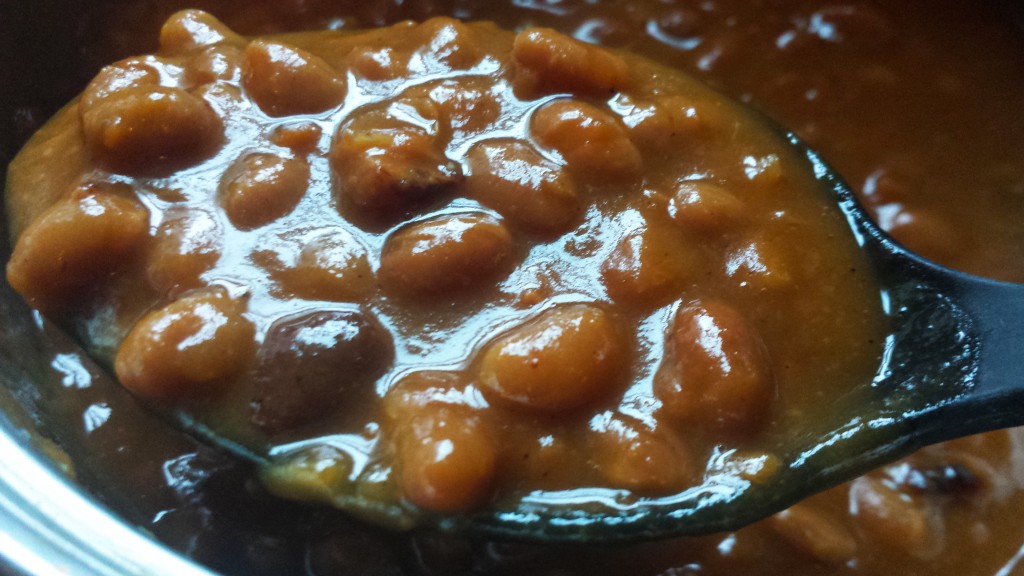
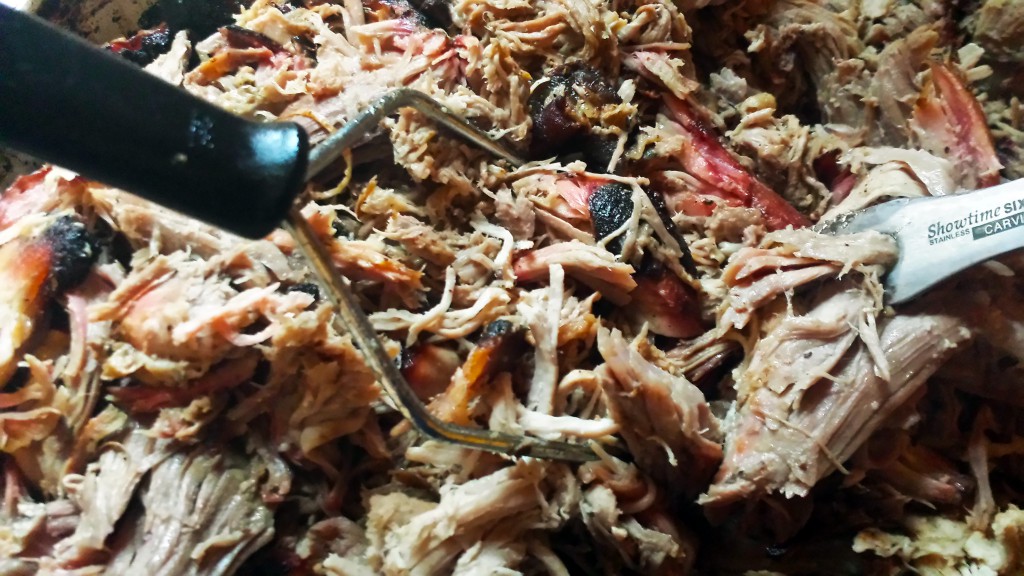
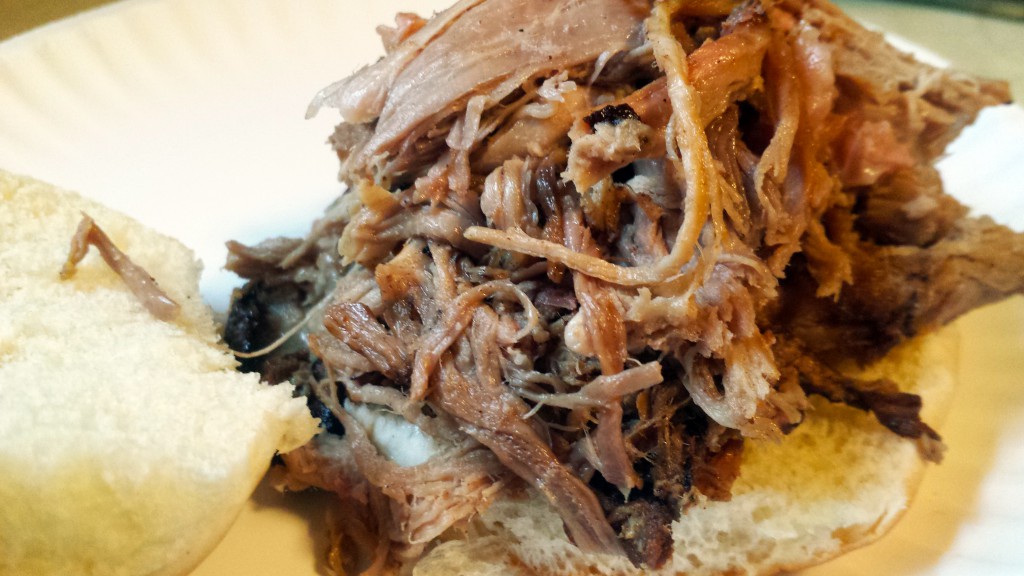
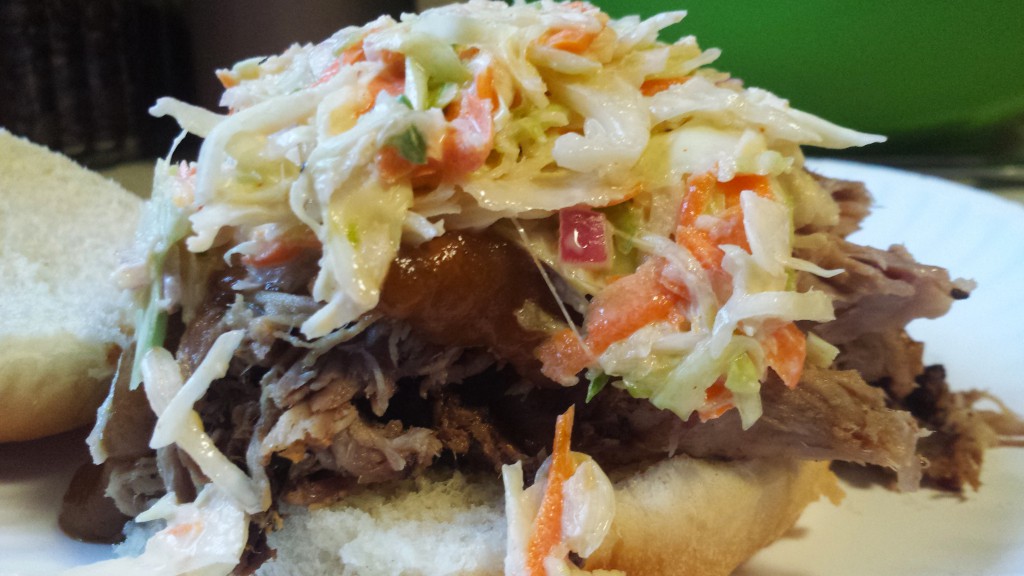
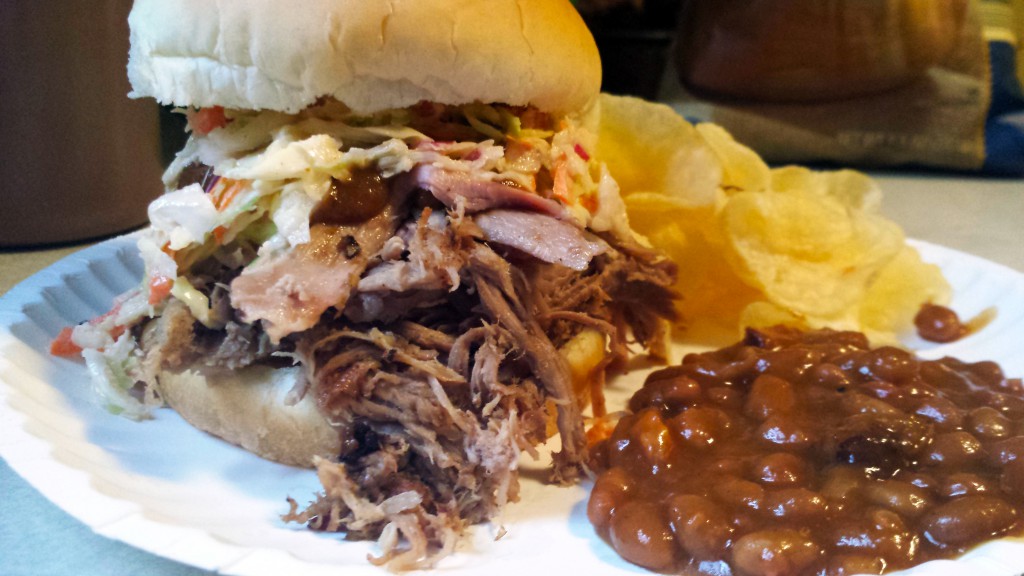
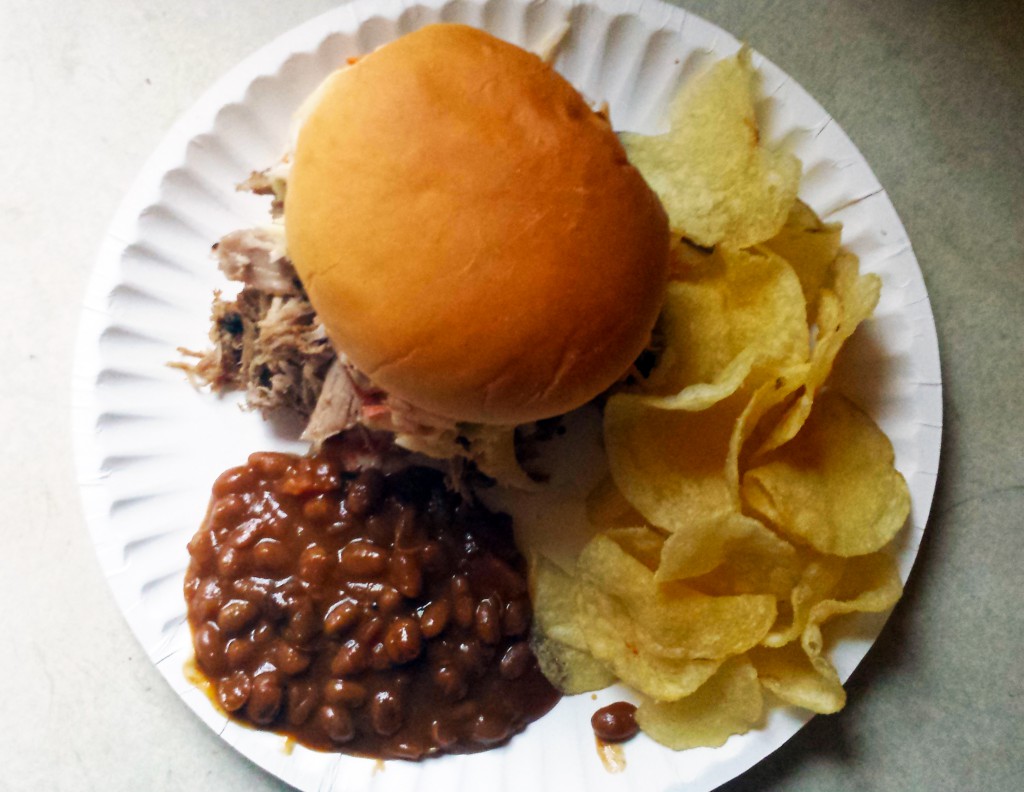
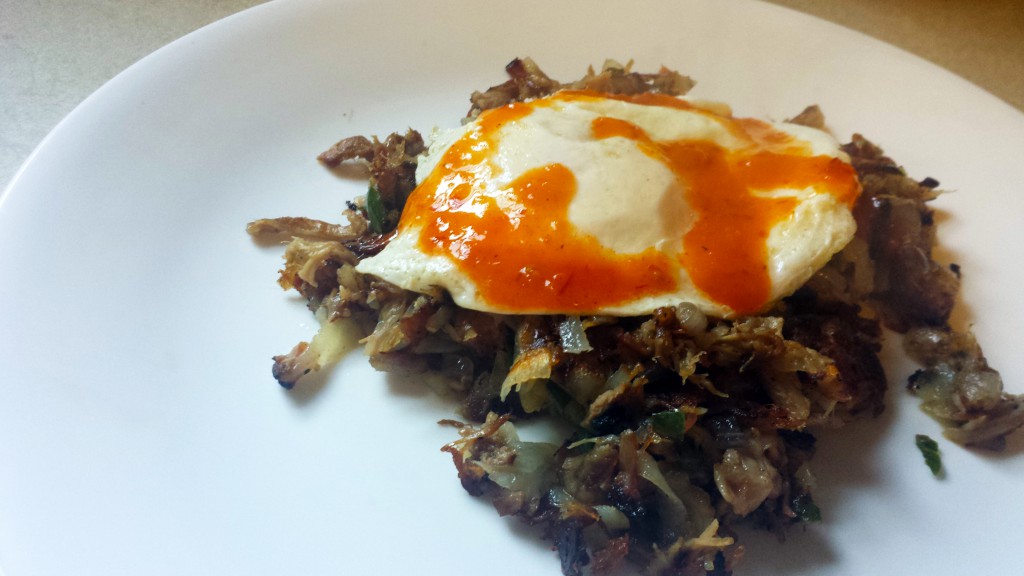
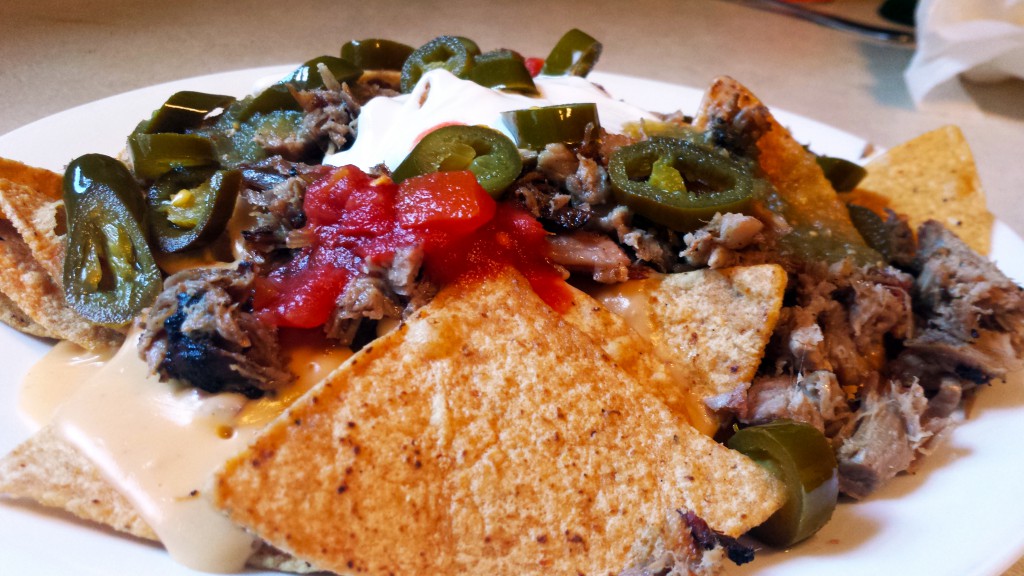
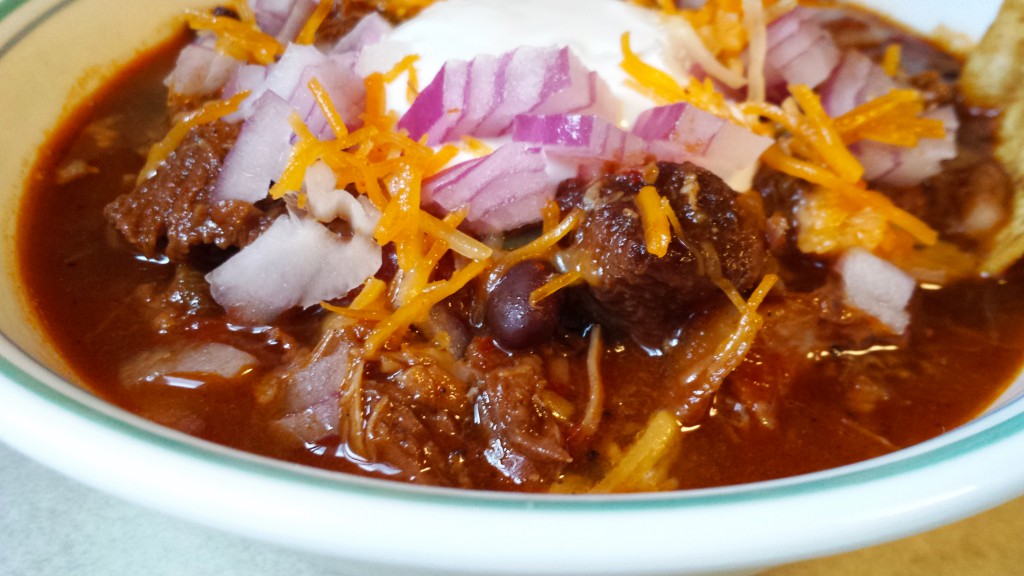
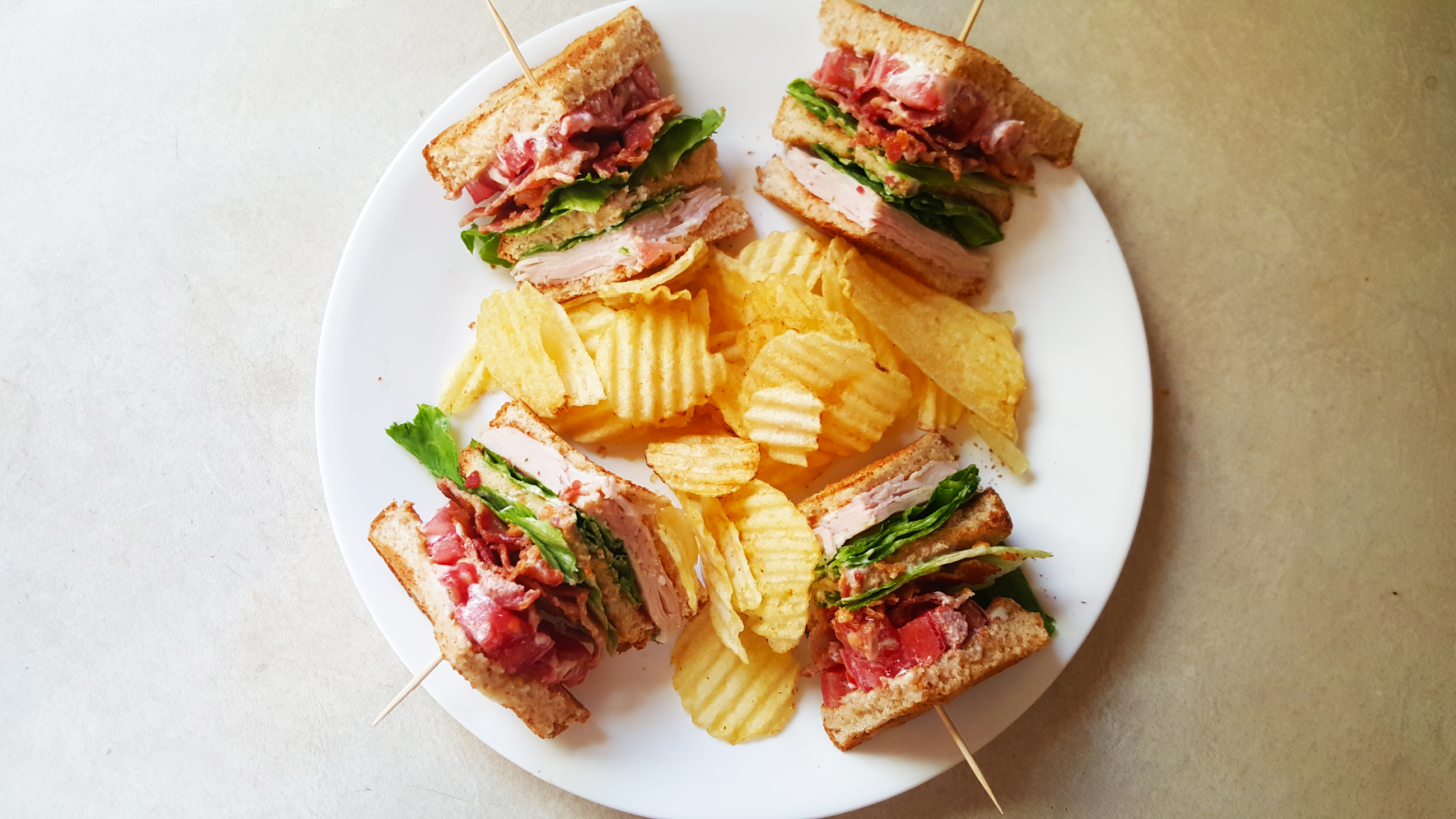

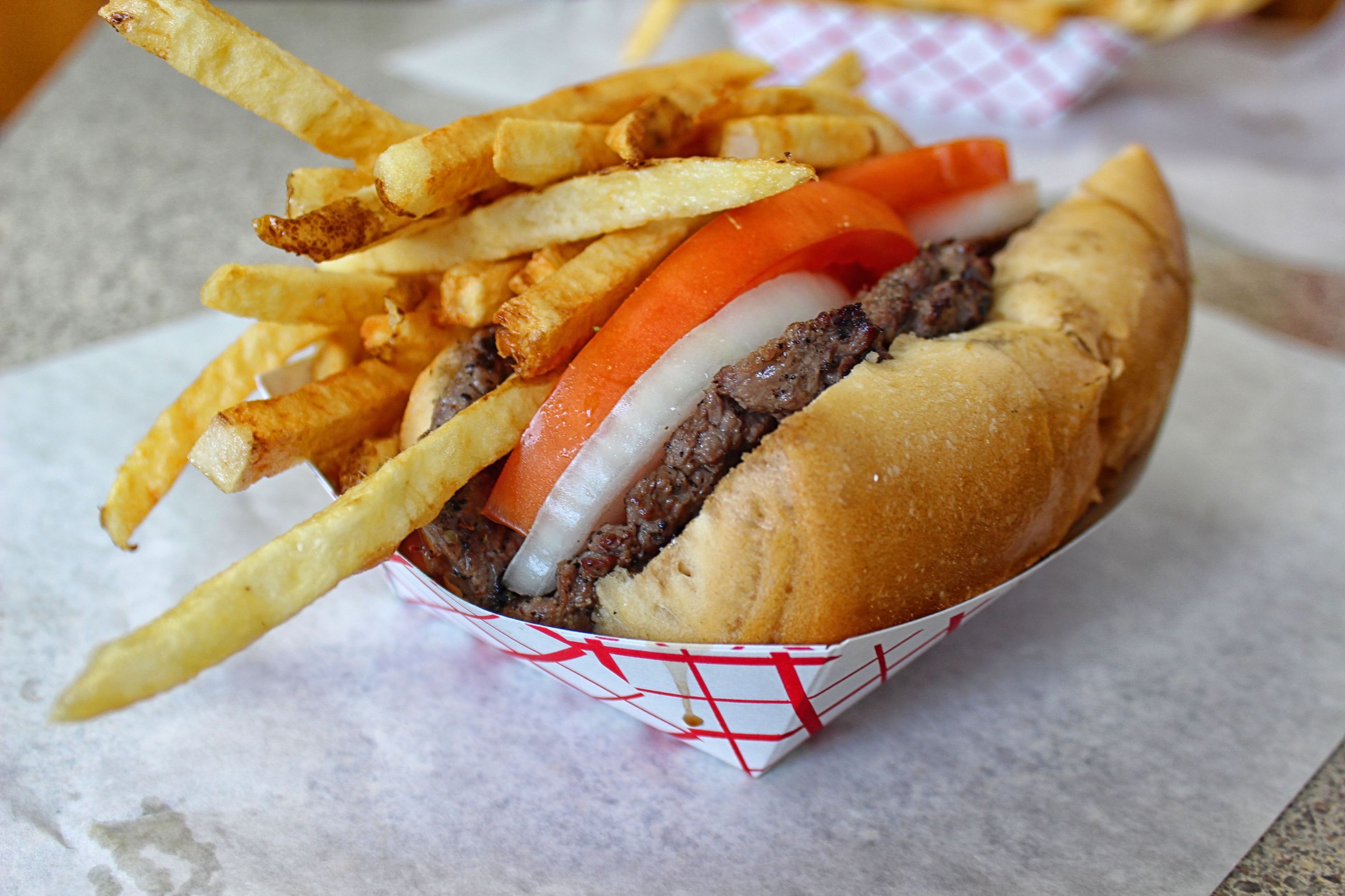






I want to eat it all. Now. You know, you could put Vegemite in your marinade…